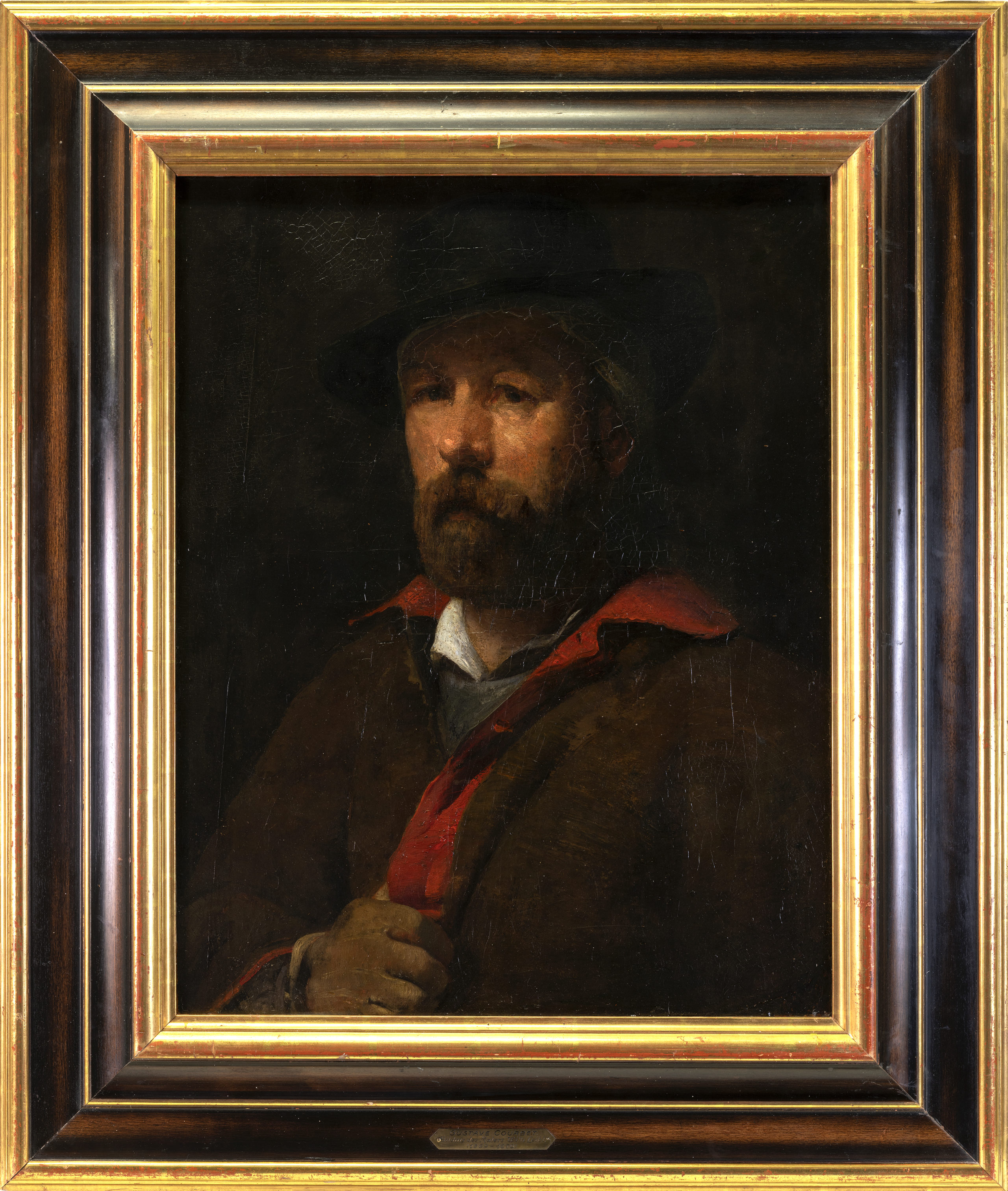
Installez l'application sur votre écran d'accueil pour y accéder plus rapidement.
Appuyez sur puis "Sur l'écran d'accueil"
Castle - quai Roussy
Gustave Courbet very quickly became a part of local life. He could be spotted singing in the choir at Vevey.
800 metres along the lakeside, a building on Quai Perdonnet (2, Place de l’Ancien-Port) boasts two extraordinary medallions which he sculpted in green molasse in May 1876: La Mouette du lac Léman (The Gull of Lake Geneva).
Courbet made this mould of his sculpture, the only one known of, and offered it for sale at the Turnus exhibition in Lausanne in 1876.
Opened some twenty years after the artist’s death, the Jenisch Museum in Vevey houses several testimonies to his genius, in particular the amazing Portrait de Max Buchon (Portrait of Max Buchon) (1844) and a beautiful Coucher de soleil sur le Léman (Sunset on Lake Geneva) (1874).
In this full portrait, the painter portrays his best friend, the poet, novelist, and thinker Max Buchon (1818-1869), whose Essais poétiques (1839) he illustrated when he was nineteen. Buchon was also one of the characters in the masterpiece L’Atelier du peintre (The Painter’s Studio) (1855).
 Portrait of the painter Wilhelm Leibl, 1869-1870.
© Musée Jenisch Vevey. Photos: Julien Gremaud
Portrait of the painter Wilhelm Leibl, 1869-1870.
© Musée Jenisch Vevey. Photos: Julien Gremaud The painter Wilhelm Leibl (1844-1900) was one of the spearheads of Realism in Germany. He exhibited his Portrait de Madame Gedon (Portrait of Madame Gedon) at the 1869 International Exposition in Munich. There, he became friends with Courbet and went on to join him in Paris.
Painted shortly after his arrival on the Vaud Riviera, this is Courbet’s most famous Léman (Lake Geneva).
(donated by Juliette Courbet, the artist’s sister, in 1915)
Originally intended for a minor literary journal, this lithograph was censored “because of the Phrygian cap”.
Courbet painted this view from his shady terrace, with parts of the lake visible between the plane trees.
This Wave, one of Courbet’s bleakest works, painted just before he died, ends a series begun in the late 1860s, and has a sense of impending doom.